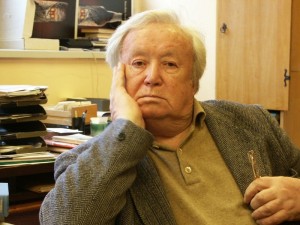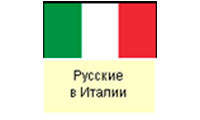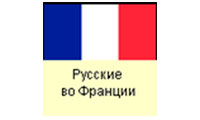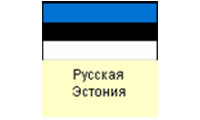Latvia Becomes a Home for Russian Old Believers
The Polish-Swedish War broke out in 1600. This war was fought mainly on the territory of Latvia and Estonia and brought uncountable losses for the local population. In 1621 Swedish forces under the leadership of King Gustav II Adolf succeeded in taking Riga. In 1629 the Truce of Altmark was signed, according to which the southern part of Estonia and the north-eastern part of Latvia (including Riga) fell under Swedish rule and the eastern part of Latvia – Latgalia – remained under the rule of the Rzeczpospolita.
During the Livonian War trade with Russia declined. It was not until 1642 that a new Russian trade mission and the settlement – the House of Muscovites – appeared beyond the Riga city reinforcements.
The 17th Century was fateful in the history of the Russian Orthodox Church. On the initiative of Tsar Alexey Mikhailovich and the Patriarch Nikon a reform of the church was begun, which essentially brought about a revision of prayer-books and rites based on Byzantine models, which was supposed to promote the unification of the Orthodox world. It was now necessary to make the sign of the cross with three fingers instead of two, religious processions started to be made towards the sun and not away from it, the spelling of the name Christ was changed, etc. Part of the clergy and the congregation, however, did not support the reforms. From this time, the Russian Orthodox Church split into two parts: the official, ruling Orthodox and the Old Belief, which had rejected Nikon’s innovation. Adherents of the ‘Old Faith’ were subjected to the cruellest repressions, forcing them to flee to the borders of the state or beyond, including to the territory of nowadays Latvia. The hard-working Old Believers were readily accepted by the local Polish and German authorities, because there was no one to till the lands that had been abandoned as a result of wars and a plague epidemic. The first settlements of the Old Believers appeared in the 1650’s and 1660’s in the Duchy of Courland and in Latgalia, which had become part of the Rzeczpospolita. It was the starting point in the formation of the traditional Russian minority in Latvia. Descendents of those Old Believer settlers currently make up around one fifth of the Russian national minority of Latvia.
А.И.Волович. Древлеправославие и первые староверческие храмы в Прибалтике
Антонина Заварина. Русское население Латвии (К истории поселения)
Иван Заволоко. О старообрядцах г. Риги
З.Н.Зимова. Из истории старообрядческой общины в городе Екабпилсе (Якобштадте)



















